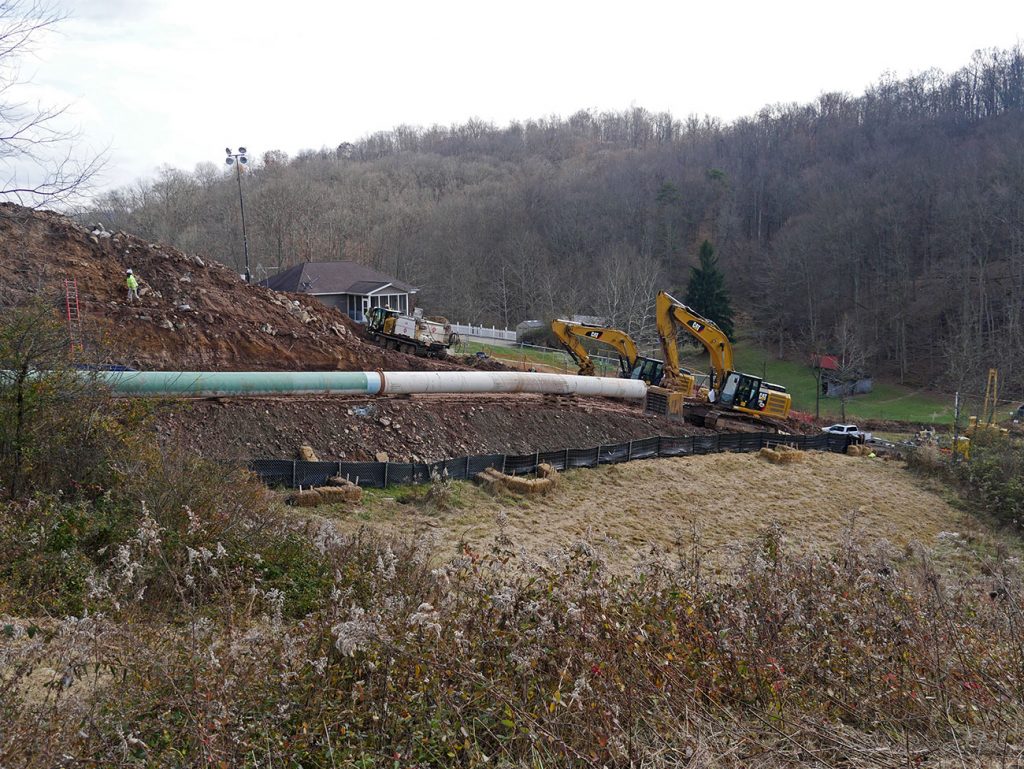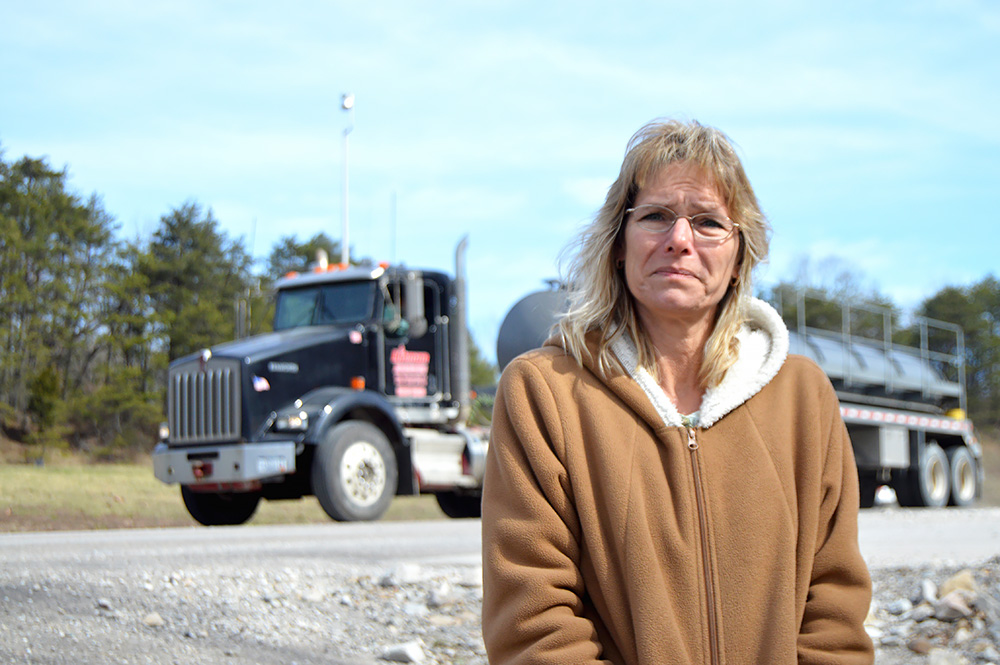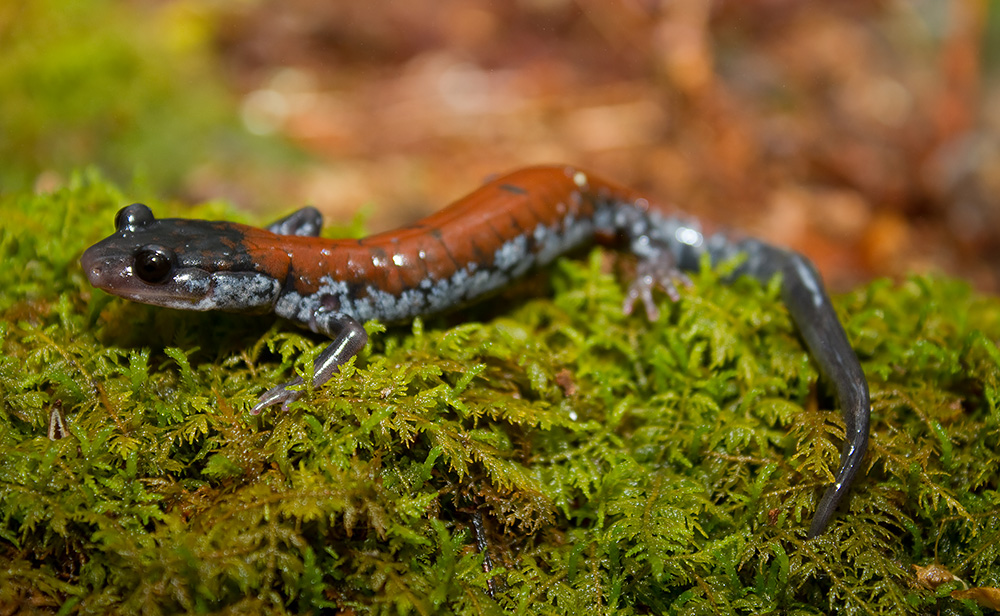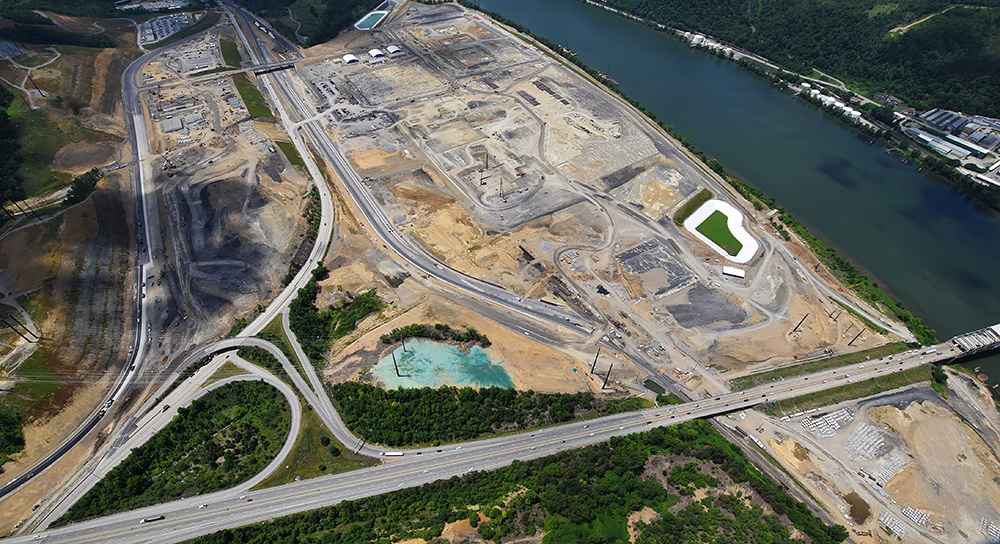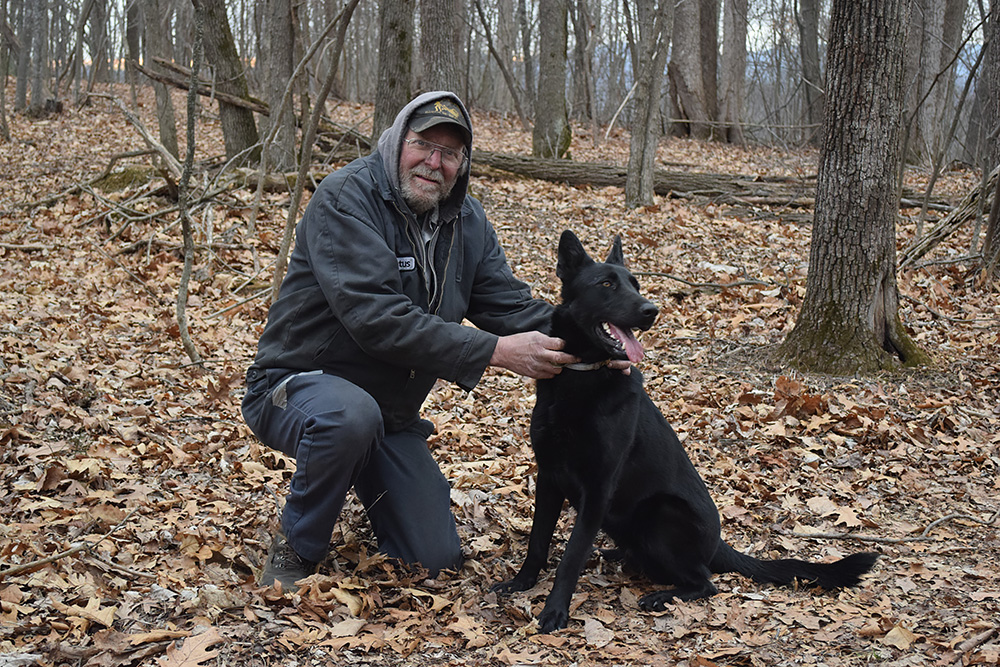2018 — April/May
Pipeline Basics
A quick look at how pipelines are regulated, whether they’re needed, and what the environmental and economic effects are.
Read MorePeople in the Path of Pipelines
New pipelines transporting natural gas and gas liquids would cut across hundreds of miles through Appalachia and beyond, putting people, land and water at risk. Here, residents along the route share their stories. Mountain Valley Pipeline Cletus and Beverly Bohon Cletus and Beverly Bohon value their wooded acreage at the end of the road in…
Read MoreAppalachia’s Toxic Dumping Ground
Ohio has more frack waste disposal wells than any other Appalachian state and receives millions of barrels of the toxic waste each year.
Read MoreLungless Salamanders, Shrinking Habitat
Appalachia has the greatest biodiversity of salamanders in the world — and a study has shown that climate change could be shrinking their range.
Read MoreFracked and Overwhelmed
As fracking and related infrastructure expand, so does the industry’s impacts on local residents.
Read MoreSparking Petrochemical Valley?
Plans for cracker plants and a gas liquids storage hub could lead to a toxic plastics industry in Appalachia.
Read MoreCletus and Beverly Bohon
After Cletus and Beverly Bohon spent almost 30 years living in their peaceful woods, Mountain Valley Pipeline developers used eminent domain to cut down a swath of trees on their property.
Read MoreElla Rose
Ella Rose enjoys watching wildlife near her home in the Virginia countryside. But Dominion Energy’s plan for a natural gas compressor station roughly 500 feet from her home in Buckingham County has disrupted that.
Read MoreBarbara Jividen
If the Mountaineer XPress Pipeline is built, Barbara Jividen’s “little piece of paradise” by the Kanawha River could be upended.
Read MoreMarvin Winstead
Marvin Winstead’s farm has been in his family for generations — and he refuses to allow the Atlantic Coast Pipeline to touch it.
Read More
